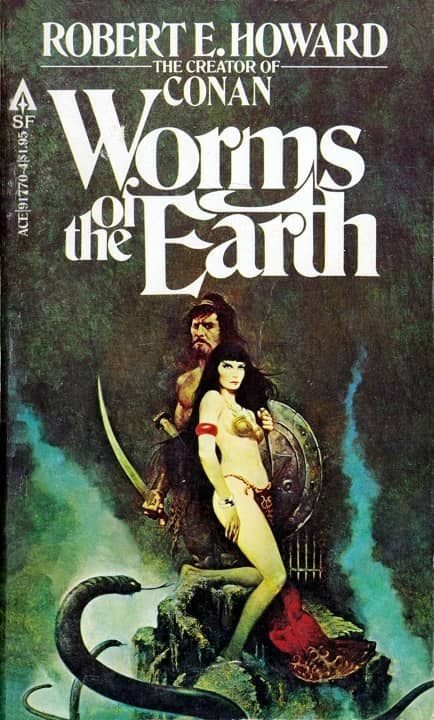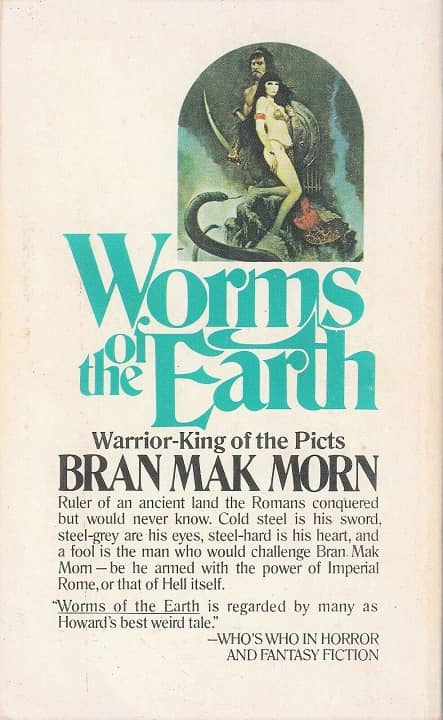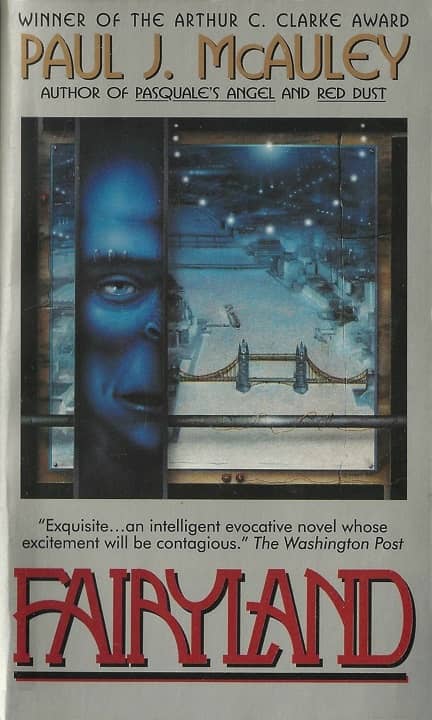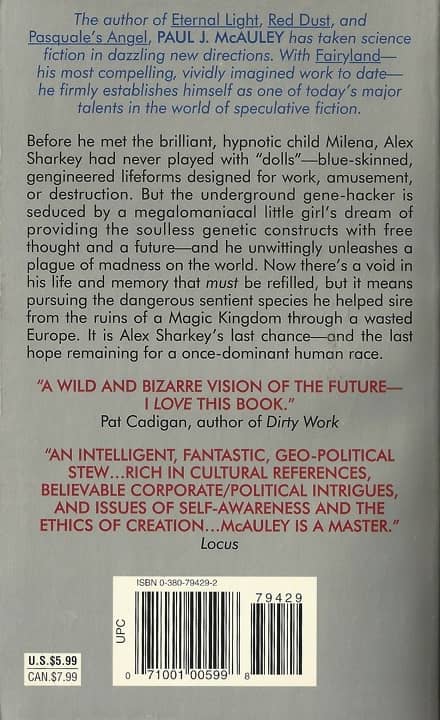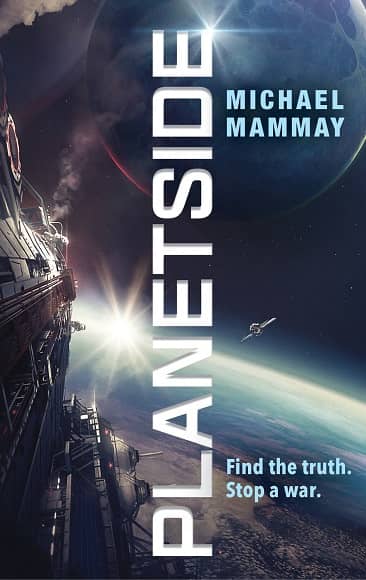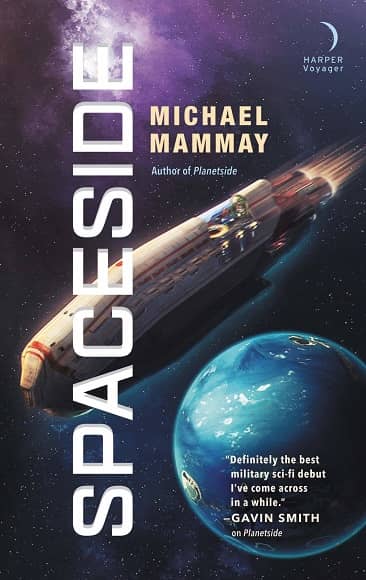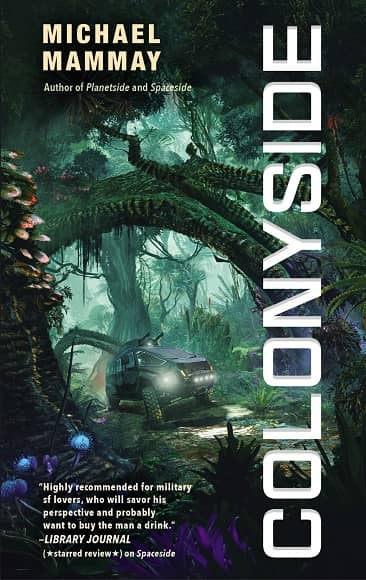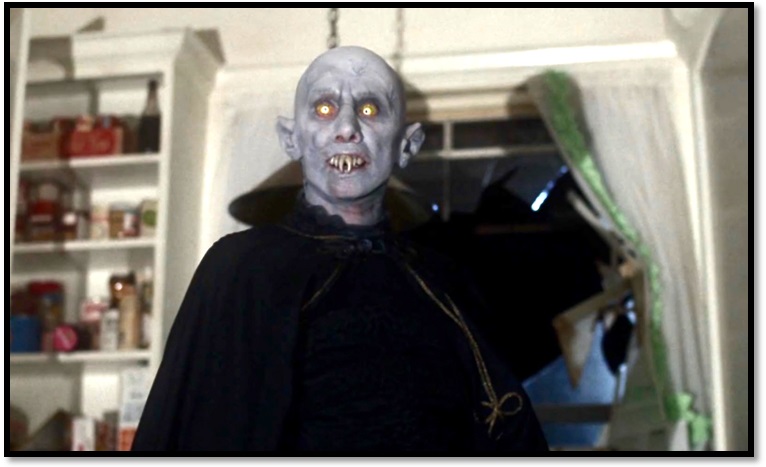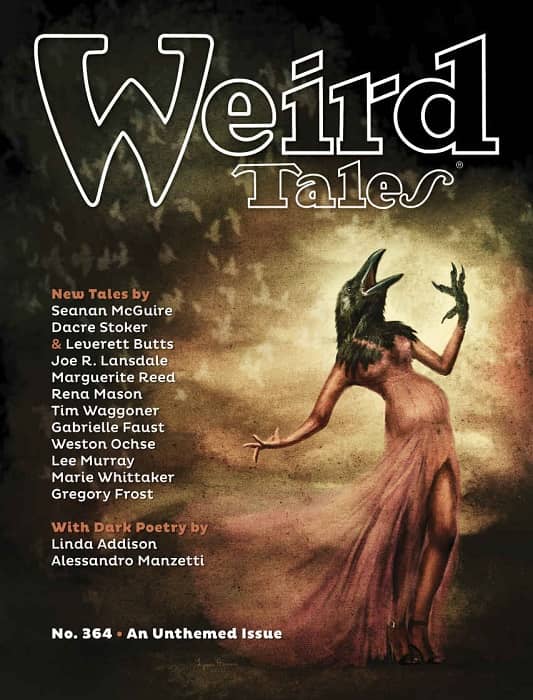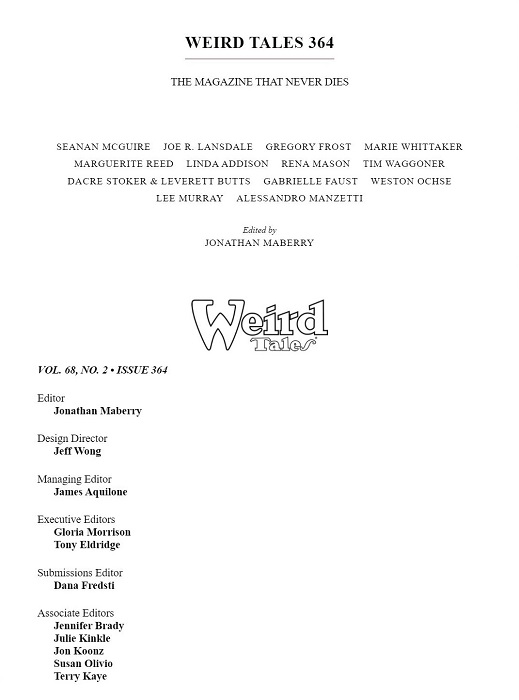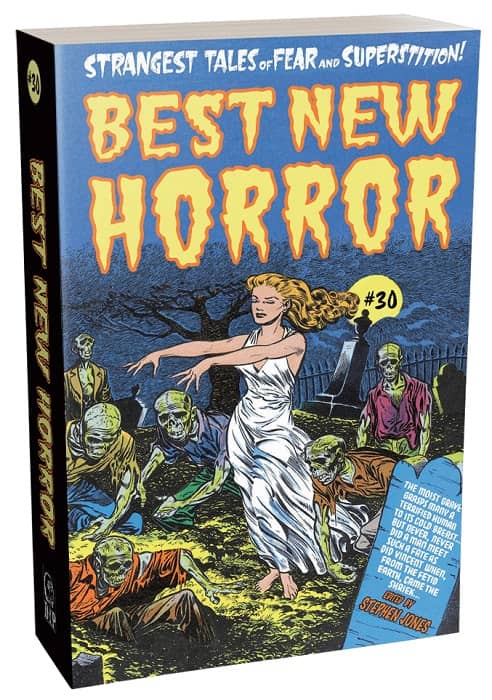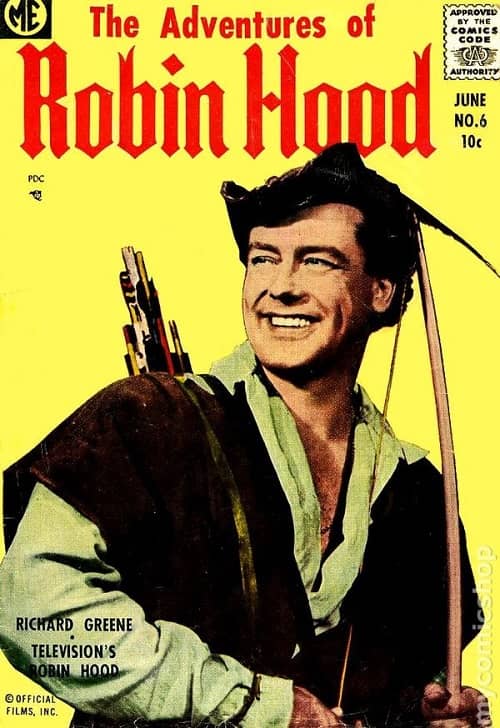Alien Warfare, Gunwrights, and Cyborg Hobos: January/February Print SF Magazines
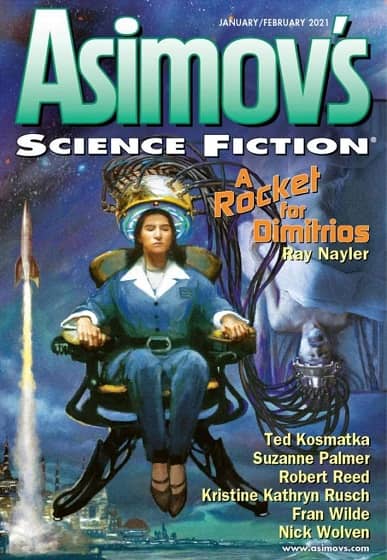 |
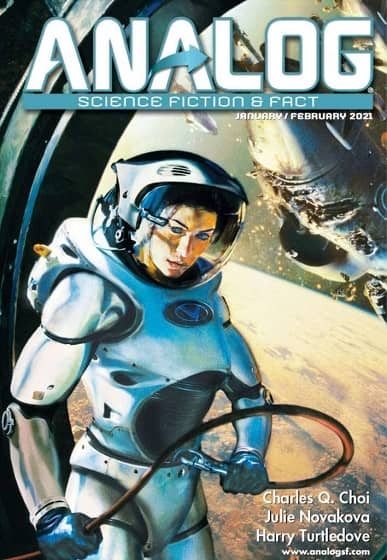 |
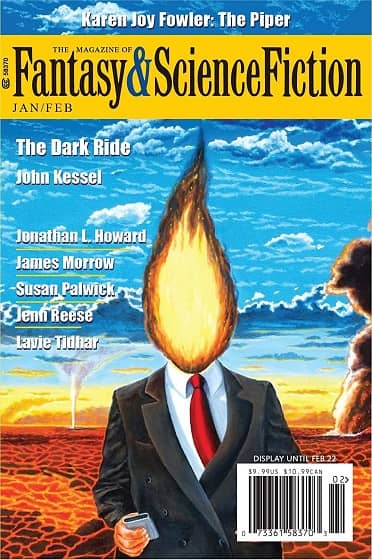 |
I haven’t had time to jump into my plaguemobile and navigate all the pandemic roadblocks and decontamination checkpoints to get to Barnes & Noble to pick up the latest print magazines. But according to what I’ve read online, I don’t have any choice… looks like these are can’t-miss issues. Here’s what Michelle Ristuccia at Tangent Online said about the latest issue of Asimov’s SF.
American combat veteran Sylvia Aldstatt is the only person on Earth who can search dead criminal Dimitrios’ memories for crucial intel in “A Rocket for Dimitrios” by Ray Nayler. Racing against the ticking clock of decomposing neural pathways, Sylvia Aldstatt investigates Dimitrios’ claim of a second crashed extraterrestrial ship… Nayler brings readers an adventure that’s as immersive as it is thought-provoking. “A Rocket for Dimitrios,” stands alone as an engaging and accessible novella for all genre readers, but spy novel enthusiasts will recognize the nod to Eric Ambler’s classic 1967 novel, A Coffin for Dimitrios. Readers who want more of Nayler’s fascinating alternative history SF can find Sylvia Aldstatt in “The Disintegration Loops,” published first in Asimov’s Nov/Dec 2019 issue and also now available on Ray Nayler’s website…
Suzanne Palmer brings readers a delightfully comedic who-done-it set on a menagerie of a space station in “Table Etiquette for Diplomatic Personnel, in Seventeen Scenes.” Through Palmer’s strategic humor, readers soon identify the obnoxious Joxto as the main antagonists of newly appointed Station Commander Niagara, though she has yet to meet the infamous aliens herself. She’ll get her chance soon enough… Palmer brings her station and the larger universe to life through the POV’s of several station inhabitants, painting readers a vivid picture through casually dropped space lore, a melting pot of clashing cultures, and truly alien extraterrestrials who resemble sea cucumbers, birds, and overly curious pumas. Running jokes and excellent comedic timing provide an enthralling mix of slap stick and sitcom drama…
The moment after Lieutenant Balázs’ starship bridge is breached and most of its bridge crew incapacitated, “Hunches” by Kristine Kathryn Rusch begins. Reeling from the unexpected attack, Balázs soon realizes he is the only crew member left conscious on the bridge.. Rusch brings us an action-packed story of split-second decisions and willing sacrifice, of heroic acts performed in the absence of sufficient information but with the help of a little luck and a lot of perseverance…
Here’s all the details.
